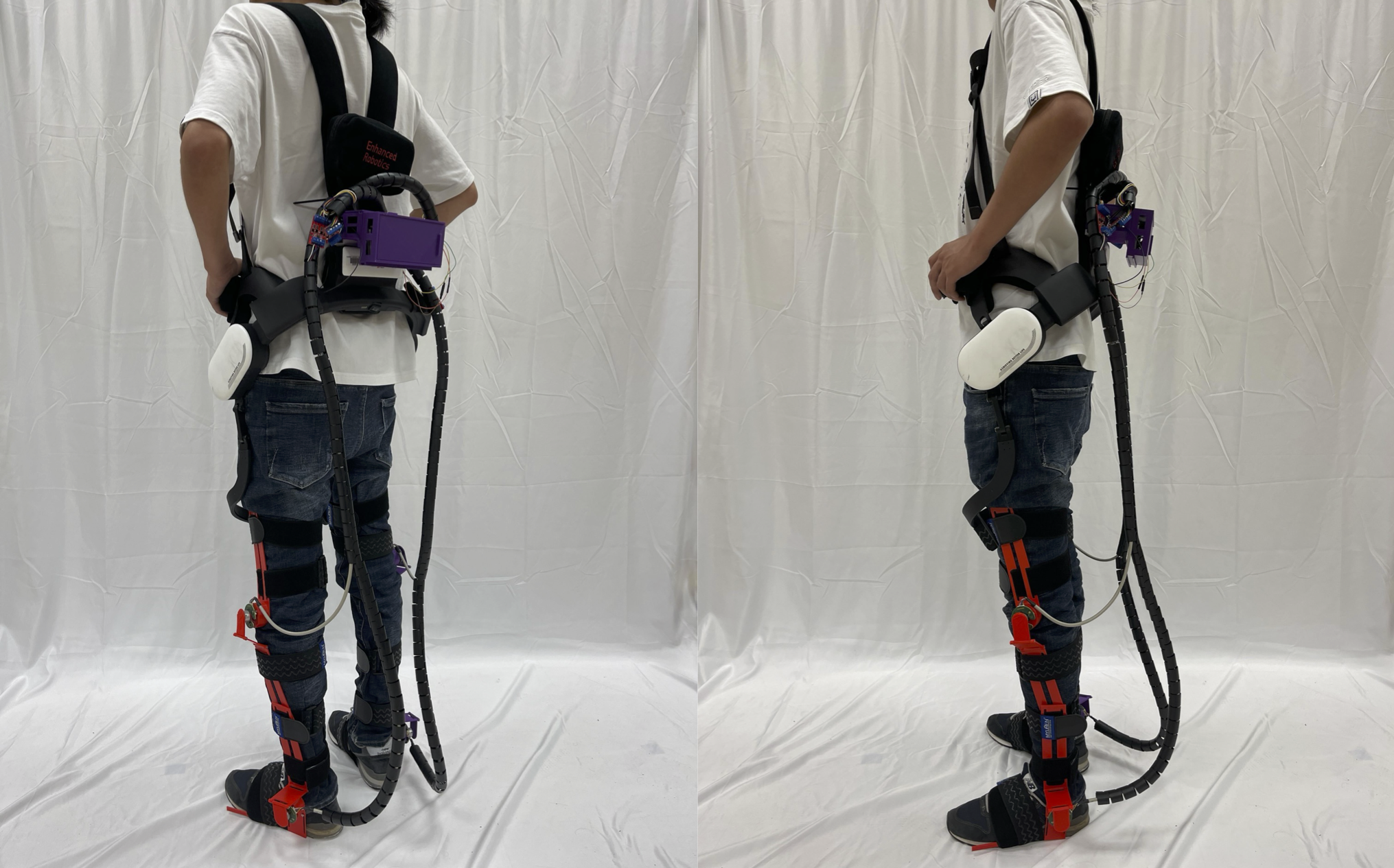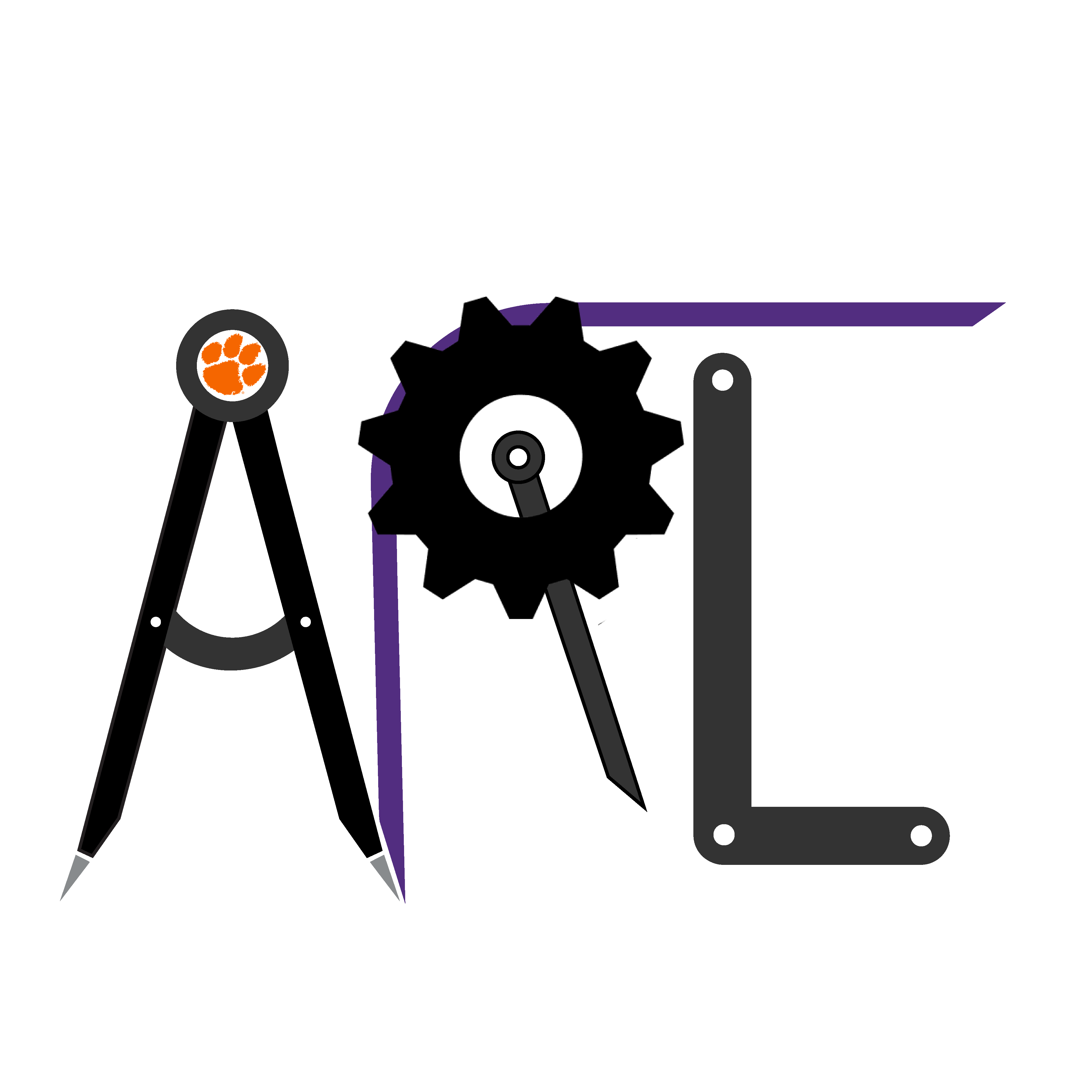Task-Invariant Control Paradigms for Volitional Motion
Traditional control methodologies for rehabilitation orthoses/exoskeletons aim to replicate normative joint kinematics and thus fall into the category of kinematic control. This control paradigm depends on pre-defined reference trajectories, which can be difficult to adjust between different locomotor tasks and human subjects. These strategies tend to compensate for chronic deficits rather than enable training and recovery of normative gait. A paradigm shift from task-specific, kinematic control approaches to task-invariant, energetic control approaches is needed for wearable robots to assist their human users across activities. Therefore, we are investigating a novel control methodology for shaping the mechanical energy and centrodial momentum (defined as the sum of limb momenta projected into a human’s center of mass) of the human body with wearable actuators. Because this control method does not depend on pre-defined kinematic patterns, it is ideally suited for task-invariant control of exoskeletons, both for performance augmentation and rehabilitation purposes. In this paradigm, wearable actuators can reduce mass/inertia parameters in body energetics and centroidal momentum to dynamically offload the weight of a person with stroke, who otherwise would be supported by multiple therapists during gait rehabilitation. Able-bodied individuals can also be assisted via having less perceived body weight and/or centroidal momentum. This innovation in dynamics and control will enable powered orthoses to assist humans in a variety of activities, which cannot be achieved with state-of-art control strategies based on pre-defined, task-specific joint kinematics.

Journal Articles
G. Lv, H. Zhu, and R. Gregg, “On the Control and Design of Highly Backdrivable Lower-Limb Exoskeletons“, IEEE Control Systems Magazine, Special Issue on Control Systems Issues for Assistive and Rehabilitation Robotics, 2018, doi: 10.1109/MCS.2018.2866605. Cover Article of the Issue. PDF
G. Lv and R. Gregg, “Underactuated Potential Energy Shaping with Contact Constraints: Application to a Powered Knee-Ankle Orthosis,” IEEE Transactions on Control Systems Technology, 26(1): 181-193, 2018. PDF
G. Lv, J. Lin, and R. Gregg, “Trajectory-Free Control of Lower-Limb Exoskeletons Through Underactuated Total Energy Shaping,” IEEE Access, 9, pp. 95427-95443, 2021. PDF
J. Lin, D. Nikhil, G. Lv, and R. Gregg, “Optimal Task-Invariant Energetic Control for a Knee-Ankle Exoskeleton“, IEEE Control Systems Letters, 5(5): pp, 1711 – 1716, 2021. PDF
Conference Proceedings
G. Lv and R. Gregg, “Orthotic Body-Weight Support through Underactuated Potential Energy Shaping with Contact Constraints,” IEEE Conference on Decision and Control, Osaka, Japan, 2015. Best Student Paper Award. PDF
G. Lv, H. Zhu, T. Elery, L. Li, and R. Gregg, “Experimental Implementation of Underactuated Potential Energy Shaping on a Powered Ankle-Foot Orthosis”, IEEE Conference on Robotics and Automation, Sweden, 2016. PDF
H. Zhu, J. Doan, C. Stence, G. Lv, T. Elery, and R. Gregg, “Design and Validation of a Torque Dense, Highly Backdrivable Powered Knee-Ankle Orthosis”, IEEE International Conference on Robotics and Automation, Singapore, 2017. PDF
G. Lv and R. Gregg, “Towards Total Energy Shaping Control of Lower-Limb Exoskeletons”, American Control Conference, Seattle, WA, 2017. PDF
J. Lin, G. Lv, and R. Gregg, “Contact-Invariant Total Energy Shaping Control for Powered Exoskeletons“, American Control Conference, Philadelphia, PA, 2019. PDF
J. Lin, N. Divekar, G. Lv, and R. Gregg, “Energy Shaping Control with Virtual Spring and Damper for Powered Exoskeletons“, IEEE Conference on Decision and Control, Nice, France, 2019. PDF
M. Yu and G. Lv, “Task-Invariant Centroidal Momentum Shaping Control for Lower-Limb Exoskeletons”, IEEE Conference on Decision & Control, Cacun, Mexico, 2022. PDF
M. Yu, N. Krishnan, T. Holliday, J. Dean, and G. Lv, “Centroidal Momentum Shaping for Task-Invariant Assistance: Preliminary Validation on a Bilateral Hip Exoskeleton”, IEEE/RSJ International Conference on Intelligent Robots and Systems, Hangzhou, China, 2025, under review. PDF
